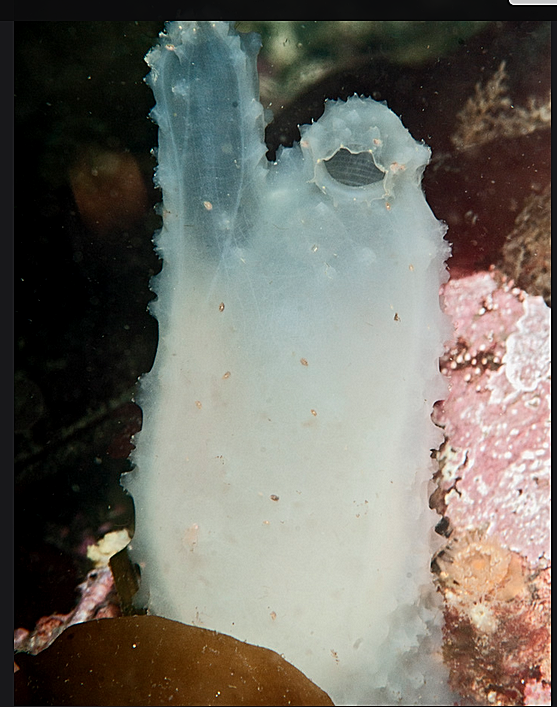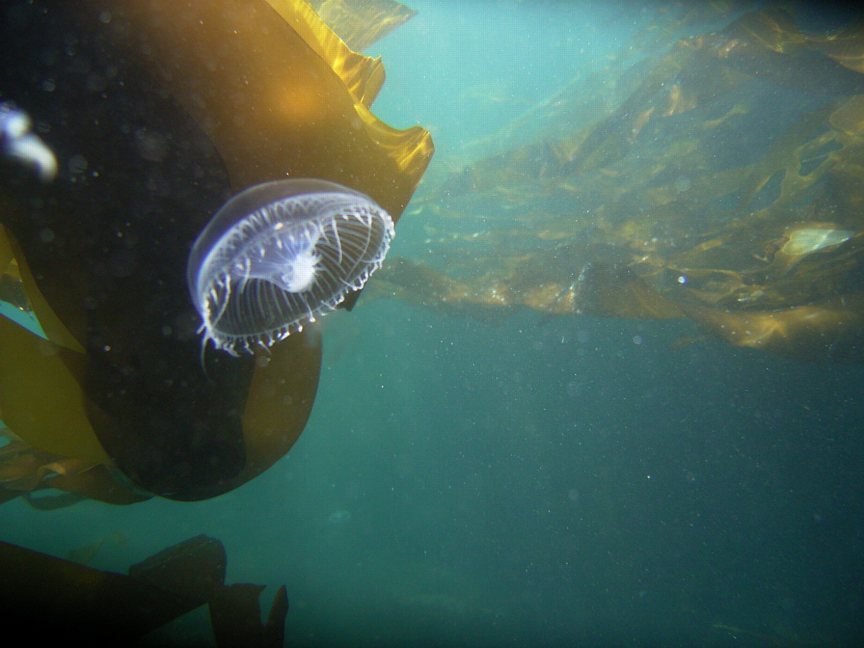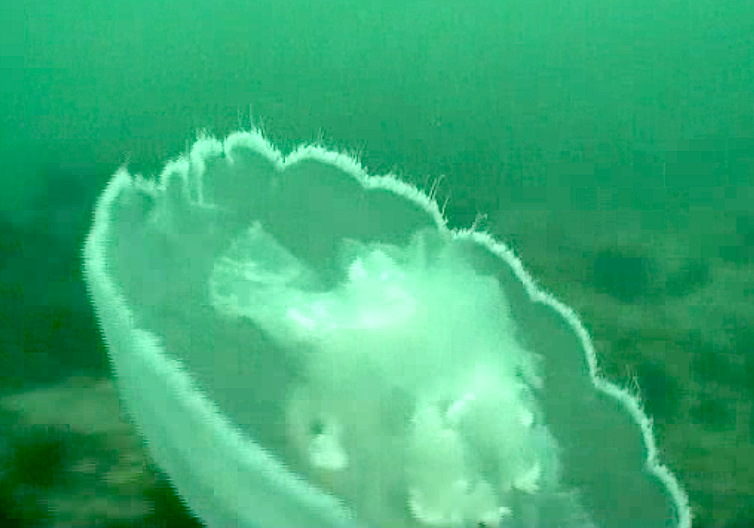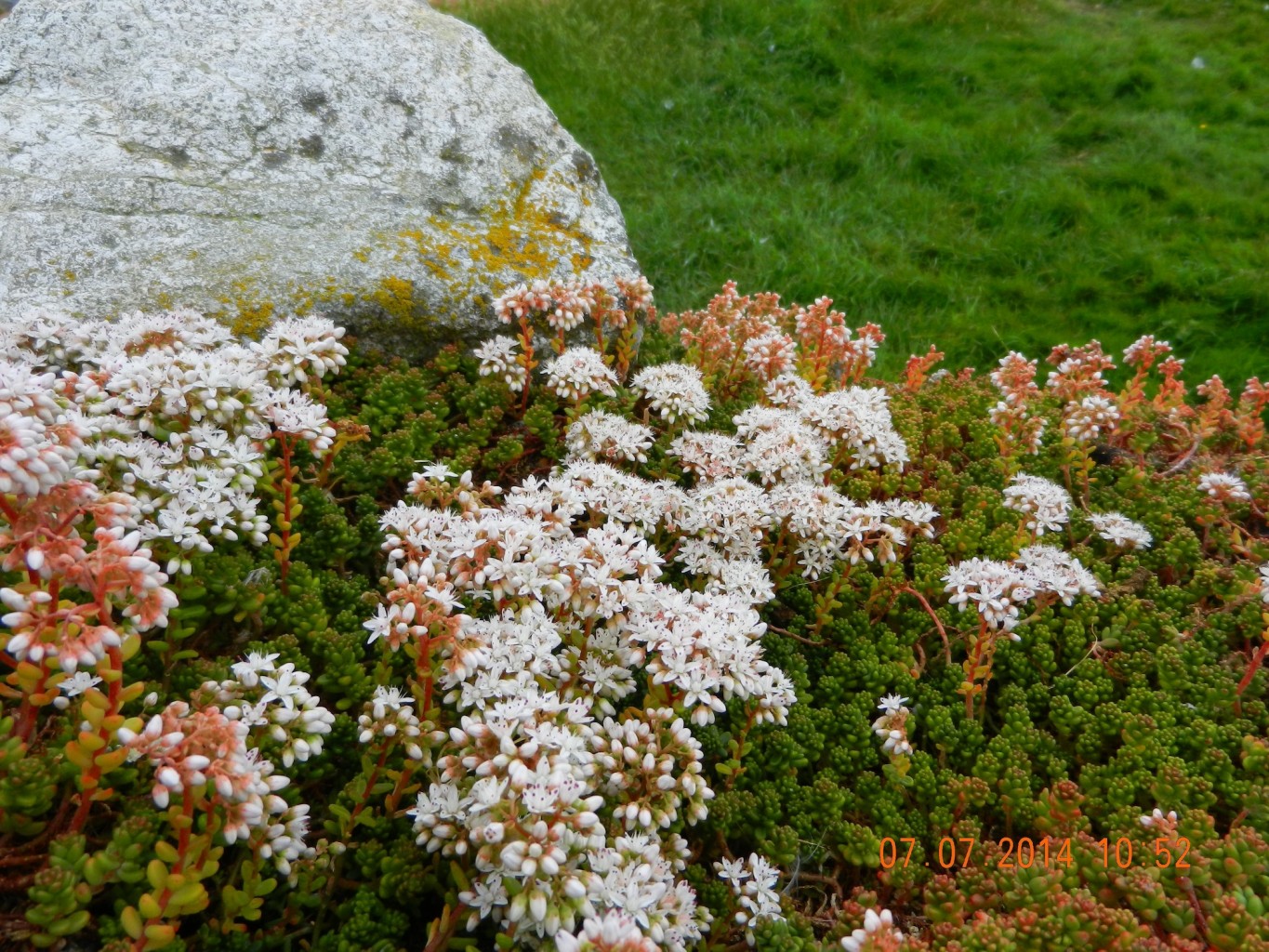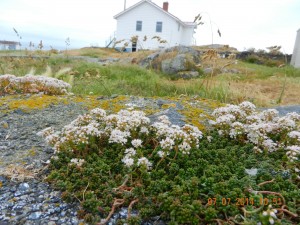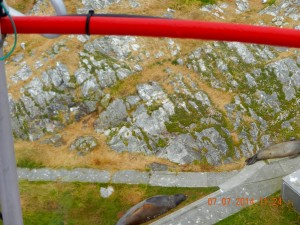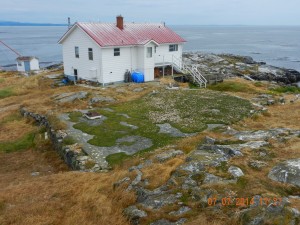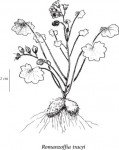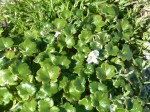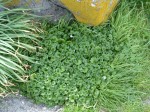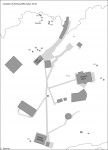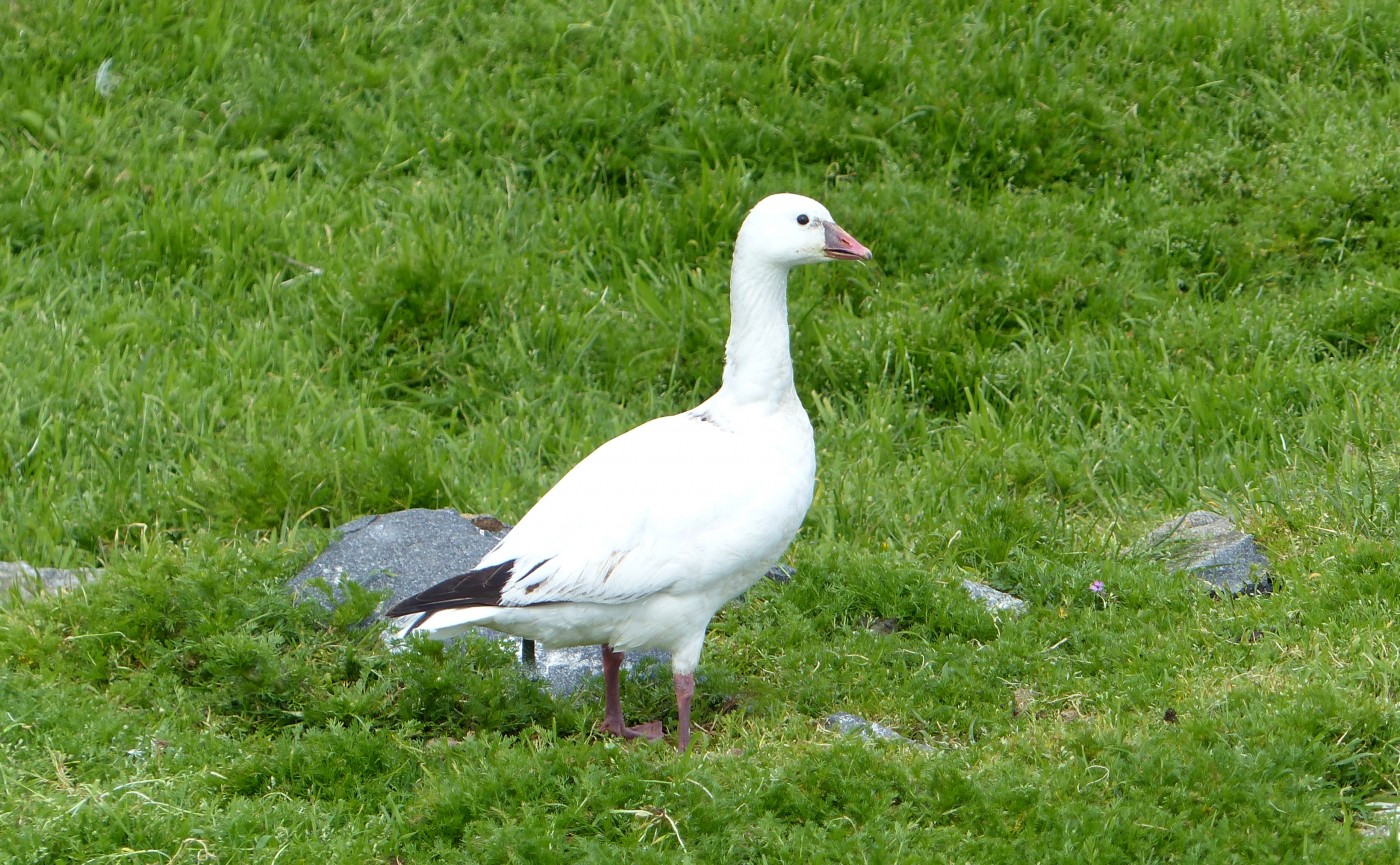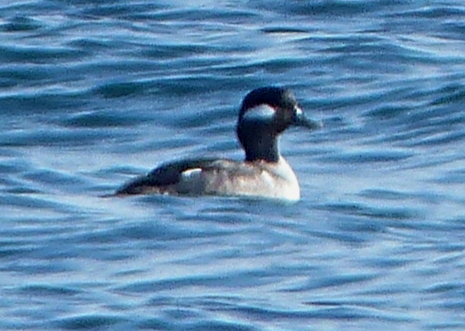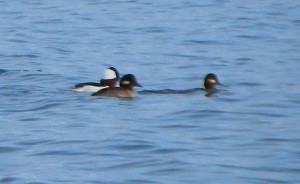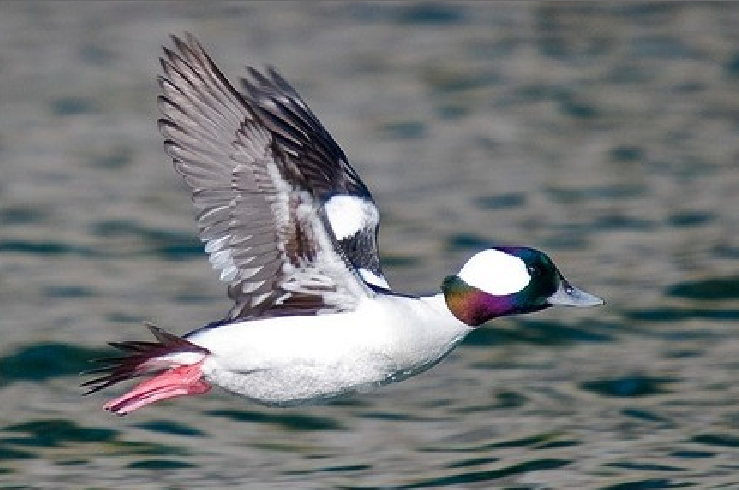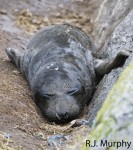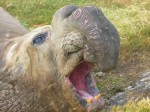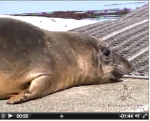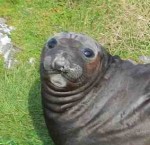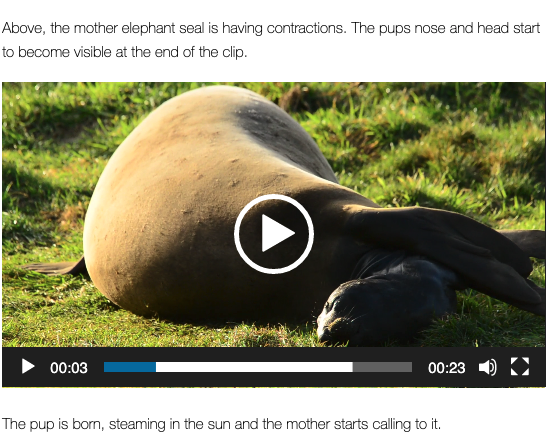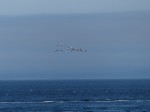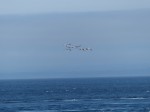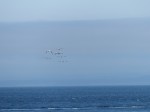Phylum Chordata,
Subphylum Urochordata,
Class Ascidiacea,
Order Enterogona
Family Ascidiidae
Suborder Phlebobranchia
Genus Ascidia
Species paratropa
(Huntsman, 1912)
This is a solitary tunicate, 10-15 cm tall.. We find these only occasionally at Race Rocks, sub-tidally at about 10-15 metres. The colonial ascidians are always more abundant.
| Other Members of the Subohylum urochordata at Race Rocks |
and Image File |
 The Race Rocks taxonomy is a collaborative venture originally started with the Biology and Environmental Systems students of Lester Pearson College UWC. It now also has contributions added by Faculty, Staff, Volunteers and Observers on the remote control webcams. The Race Rocks taxonomy is a collaborative venture originally started with the Biology and Environmental Systems students of Lester Pearson College UWC. It now also has contributions added by Faculty, Staff, Volunteers and Observers on the remote control webcams.
name –year (PC) |

